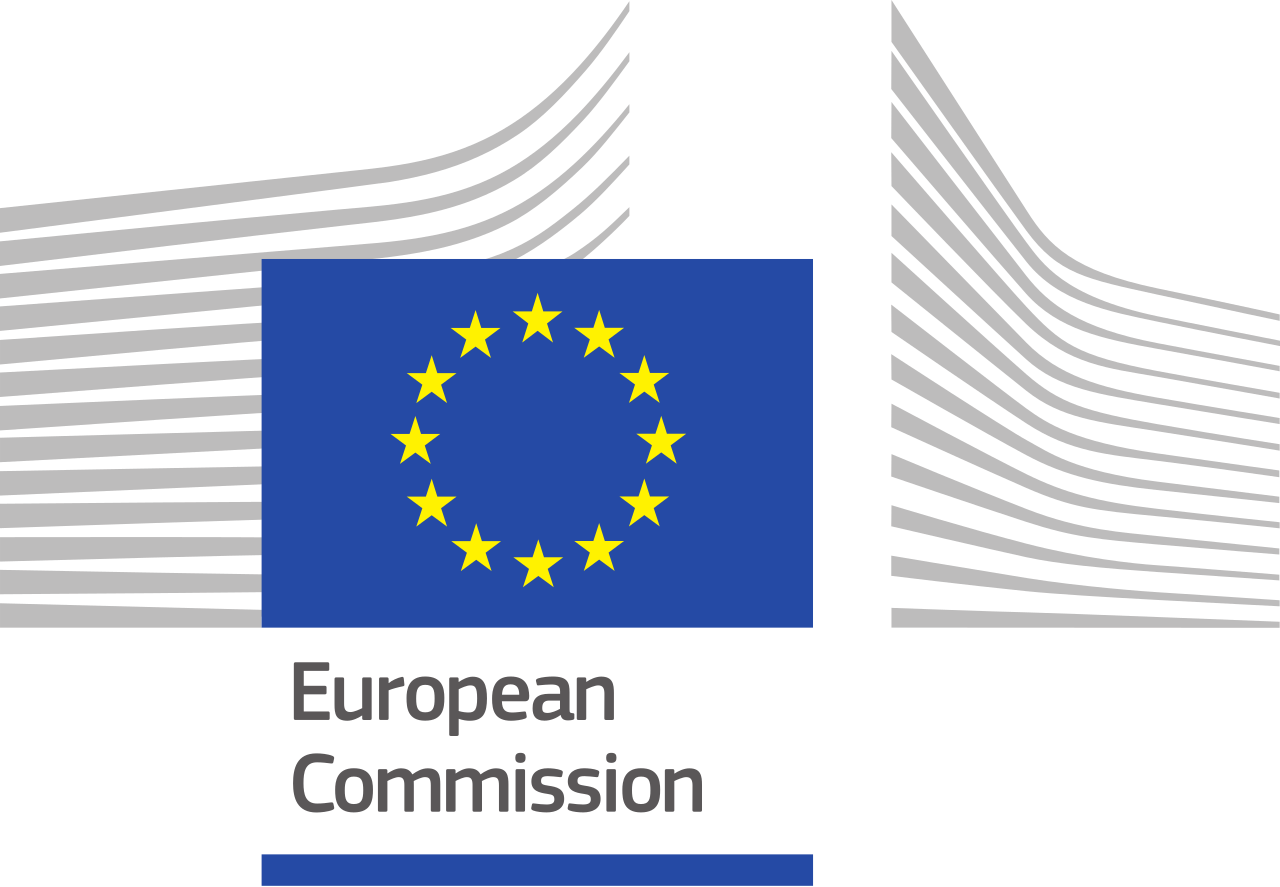Intro
The EU aims to achieve climate neutrality by 2050, but how do we know if we are we on track? How far will we be from this target under a business-as-usual scenario? And what will happen if we implement additional measures? Answering these questions is critical to guide decision-making and to ensure that efficient and decisive action is taken on time. Projections of greenhouse gas (GHG) emissions are an essential tool in this case, as they provide an estimation of how emissions will evolve over the coming decades in different sectors of the economy and under different scenarios.
What the data are telling us
- Emissions of GHGs are expected to decrease steadily over the coming years. It is estimated that EU GHG emissions in 2030 will be 47 % lower than in 1990 under the ‘with additional measures’ scenario.
- The reduction will not take place equally across sectors. The power and residential sectors are expected to decrease their emissions substantially by 2030. However, emissions from international aviation and shipping are expected to continue growing.
- Despite the projected reductions, more efforts are needed to meet the ambitious EU targets for 2030 and, eventually, achieve climate neutrality by 2050.
- The quality of data on GHG projections has been improving. More detailed and elaborate projections are being provided by the Member States, contributing to a better understanding of future EU emissions.
EU Member States are required to report their GHG projections every 2 years (and optionally every year) under Article 18(1)(b) of the Governance of the Energy Union and Climate Action. They extend until 2050 and are disaggregated by sector and gas.
Projections are estimates based on a modelling exercise that shows how GHG emissions could develop in the future. These estimates depend on a number of assumptions on the factors that affect emissions, such as demographics and economic growth, international fuel prices, and anticipated effect of policies and their implementing measures.
Two main scenarios are usually submitted by Member States, reflecting different sets of assumptions: (1) with existing measures (WEM) and (2) with additional measures (WAM). WEM includes policies and measures that have already been implemented or that have been approved and their implementation is imminent. WAM also includes the additional effects of planned measures.
These estimates are submitted by Member States through the Reportnet platform and compiled by the EEA.
According to these projections, EU emissions will continue to decrease in the coming decades, but at a slower pace than required to meet EU 2030 targets set under the European package Climate Law, and the goal of a carbon-neutral Europe for 2050. This is the case for both WEM and the more ambitious WAM scenario. While some sectors are expected to decrease their emissions substantially, others, such as aviation and shipping, are likely to increase. This highlights the need for decisive and timely action to meet Europe’s climate goals.

